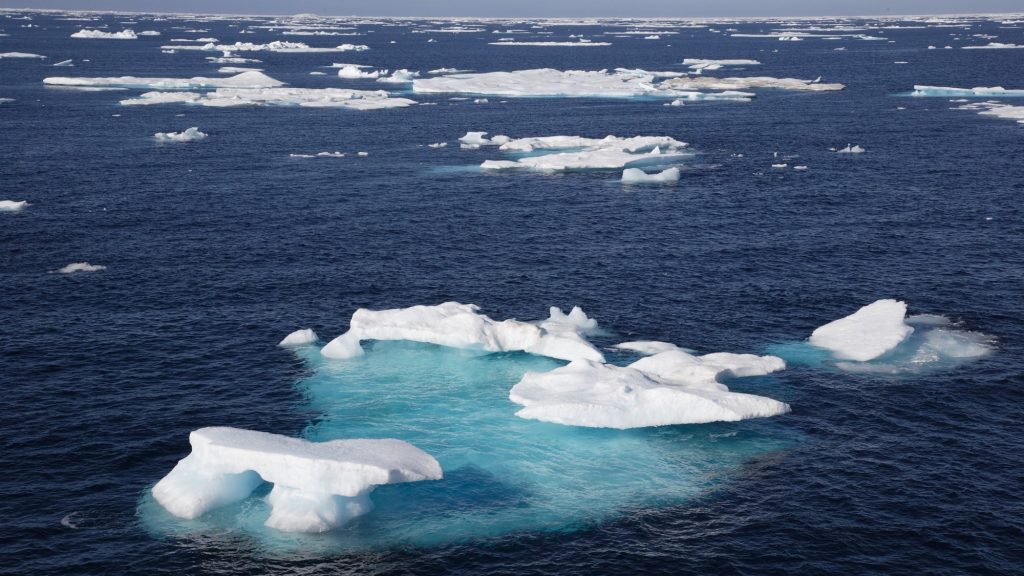Each day an thought to be around 95 percent of the world’s data goes through the roughly 900,000 miles of undersea fiber optic cables that criss-cross the ocean floor. Without this huge infrastructure, many aspects of modern life like internet communications, video calls, and streaming services would be very different. To keep up with the world’s huge data needs, construction could start soon on a new cable in a place that was previously hard to reach.
Politico says that a group of companies plans to move forward with the Far North Fiber project—a deep sea cable that would go over 9,000 miles through the Northwest Passage, connecting Europe to Japan, with extra places to connect in Alaska, Canada, Norway, Finland, and Ireland. Ironically, the potential venture is only possible because of one of the most urgent threats facing humanity.
As our digital lives go through these undersea cables, they use huge amounts of energy and make climate change worse. The Arctic, for example, is currently heating up almost four times faster than the rest of the planet, causing its sea ice to shrink by about 13 percent every decade. According to one Far North Fiber developer, though, all that terrifying environmental damage creates a new business opportunity.
[Related: A 10-million-pound undersea cable just set an internet speed record.]
The Arctic’s previously impossible thaws will present a “sweet spot where it’s now accessible and allows us a time window when we can get the cable safely installed,” Ik Icard, chief strategy officer at Far North Digital, told Politico.
Far North Fiber’s supporters say that, once built, their cable would also be better protected compared to similar lines elsewhere in the world. An estimated 100 to 150 lines are damaged every year globally, whether from accidental encounters with boat anchors and fishing equipment, or because of intentional sabotage.
The threat of sabotage is a growing worry for the telecom companies overseeing deep sea cable systems. Over 90 percent of all Europe-Asia data traffic goes through cables in the Red Sea trading corridor. Because of a recent increase in the area’s geopolitical unrest and violence, cable lines are at greater risk of damage. Just last month, three such lines were cut during ongoing Houthi rebel attacks on nearby shipping vessels.
Company representatives believe creating a new route through the Northwest Passage could avoid similar issues in the future—at an estimated cost of €1 billion ($1.08 billion). That’s about four times the cost of laying a cable across the Atlantic Ocean, and around three times as much to do so in the Pacific. But despite the high cost, the European Union has shown its interest with a €23 million investment in Far North Fiber. The project’s developers also hope to convince the US and Canada to get involved.
“Nobody wants to cut a cable under the ice, it’s really hard to do,” Far North Digital co-founder Ethan Berkowitz said.
A study released in Nature Reviews Earth & Environment predicts that the Arctic may have times when there is no ice in the water as early as 2035, which is less than ten years from Far North Fiber's planned start in 2026.









